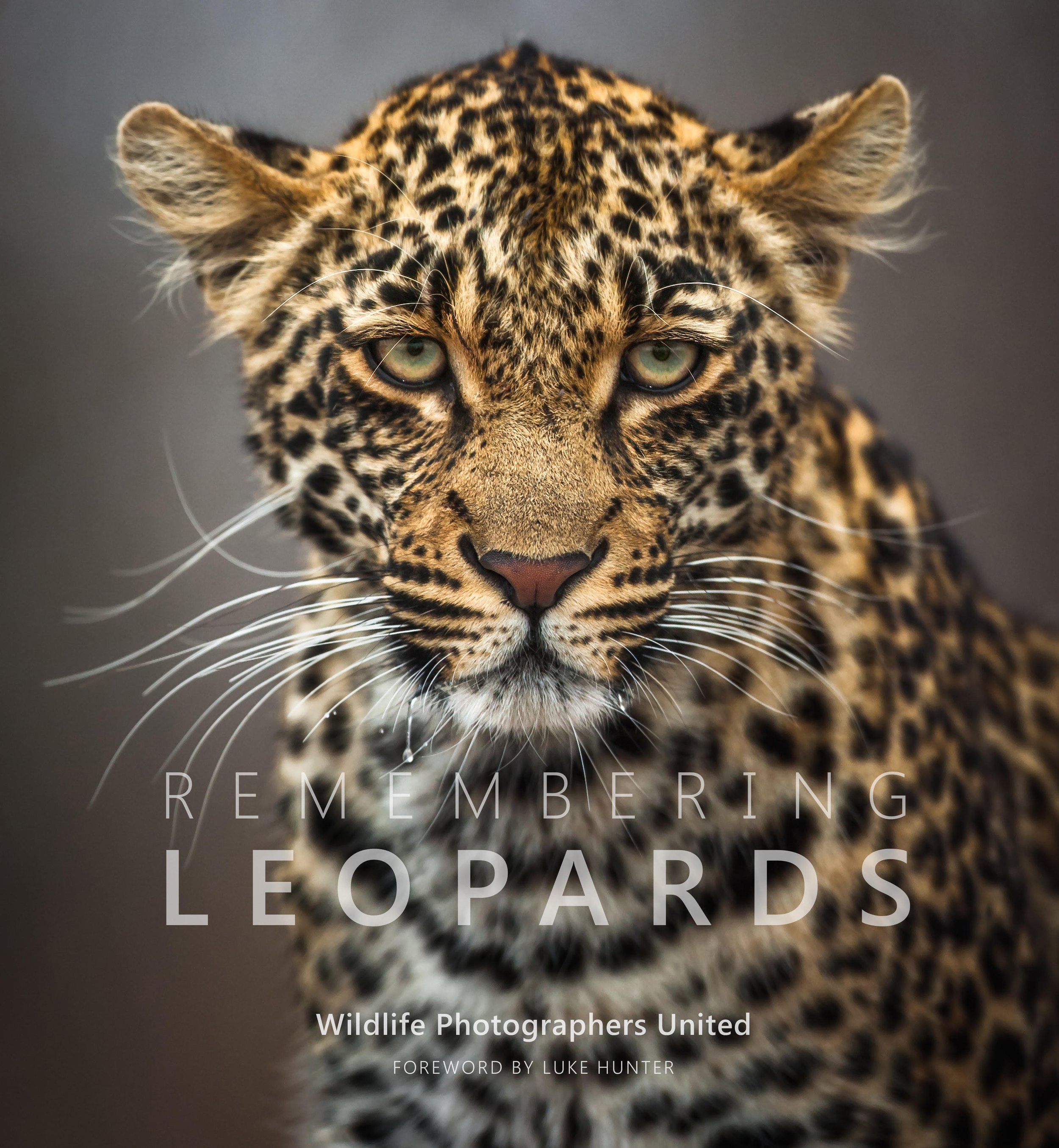How Pangolin: Kulu’s Journey is Raising Global Awareness
Introduction
Imagine being born into a world where survival is uncertain, where danger lurks at every corner, and where your species is one of the most trafficked mammals on the planet. This is the reality for pangolins, the shy, scaly creatures that are often overlooked but desperately need our attention.
The Most Trafficked Mammal? How Pangolin: Kulu’s Journey is Raising Global Awareness.
Pangolin: Kulu’s Journey, the latest Netflix wildlife documentary that’s touching hearts worldwide. Follow Kulu, an endangered baby pangolin rescued from poachers, as he embarks on a journey back to the wild. Discover the emotional story and why everyone is talking about this groundbreaking film.
Netflix’s latest nature documentary, Pangolin: Kulu’s Journey, takes us on an emotional ride through the life of Kulu, a baby pangolin rescued from poachers in South Africa. Directed by Pippa Ehrlich, the Academy Award-winning filmmaker behind My Octopus Teacher, this film is more than just a wildlife documentary—it’s a story of resilience, hope, and the deep connection between humans and nature.
If you’re a wildlife lover, nature enthusiast, photographer, or traveler, this documentary is a must-watch. But beyond the screen, Kulu’s journey raises an important question: How can we protect pangolins from extinction?
Netflix’s Pangolin: Kulu’s Journey exposes the hidden world of pangolins, the most trafficked mammal on Earth. Learn about their incredible survival instincts, poaching crisis, and why their existence is crucial to our ecosystem. This film is a must-watch for wildlife lovers, conservationists, and nature enthusiasts.
The Pangolin’s Struggle Against Extinction
What Are Pangolins and Why Are They Endangered?
Pangolins are fascinating creatures, often mistaken for reptiles due to their tough, overlapping scales. However, they are mammals, and their scales—made of keratin, the same material as human fingernails—serve as their primary defense mechanism.
Despite their unique adaptations, pangolins are the most trafficked mammals in the world. Their scales are highly sought after in traditional medicine markets, particularly in Asia, while their meat is considered a delicacy in some regions. This relentless demand has led to over 1 million pangolins being poached in the last decade.
Where Do Pangolins Live?
Pangolins are found in Asia and Africa, with eight different species spread across these continents. They thrive in forests and grasslands, using their powerful claws to dig burrows and forage for ants and termites. Their role in the ecosystem is crucial—they help control insect populations and aerate the soil, benefiting plant life.
Kulu’s Remarkable Rescue
A Baby Pangolin’s Fight for Survival
Kulu’s story begins in South Africa, where he was rescued from illegal wildlife traders in a sting operation. At just three months old, he was fragile, scared, and completely dependent on human care.
Enter Gareth Walker, a conservationist who took on the challenge of rehabilitating Kulu. The documentary follows their journey together—Gareth’s struggles, Kulu’s gradual adaptation, and the emotional bond that forms between them.
The Human-Pangolin Connection
One of the most touching aspects of Pangolin: Kulu’s Journey is the relationship between Gareth and Kulu. Despite pangolins being solitary and elusive creatures, Kulu learns to trust his guardian. This bond highlights the power of compassion in conservation—a reminder that saving wildlife isn’t just about numbers, but about understanding and care.
The Journey Back to the Wild
How Do Rescued Pangolins Adapt to the Wild?
Reintroducing a rescued pangolin into its natural habitat is no easy task. Unlike other animals, pangolins don’t thrive in captivity, making rehabilitation a delicate process.
Kulu’s journey back to the wild involved: Gradual exposure to natural surroundings, Learning to forage for food independently and Monitoring his health and behavior.
The documentary captures the heart-wrenching moment when Gareth must let go, trusting that Kulu is ready to survive on his own.
How You Can Help Protect Pangolins
Simple Actions That Make a Difference
If Kulu’s story has moved you, here’s how you can contribute to pangolin conservation:
Support Wildlife Organizations – Donate to groups like the International Fund for Animal Welfare and Save Pangolins.
Raise Awareness – Share information about pangolins on social media and educate others about their plight.
Say No to Illegal Wildlife Products – Never purchase pangolin scales or meat, and report any suspicious activity related to wildlife trafficking.
Celebrate World Pangolin Day – Every third Saturday of February is dedicated to raising awareness about pangolins.
Conclusion
Kulu’s Journey is more than just a documentary—it’s a wake-up call. It reminds us that every species, no matter how small or obscure, plays a vital role in our planet’s ecosystem.
As viewers, we have the power to turn awareness into action. Whether it’s supporting conservation efforts, spreading the word, or simply appreciating the beauty of nature, we can all play a part in protecting pangolins from extinction.
So, what will you do to help?
FAQ Section
Q1: Why are pangolins the most trafficked mammals in the world?
Their scales are falsely believed to have medicinal properties, and their meat is considered a delicacy in some regions, leading to rampant poaching.
Q2: What makes Kulu’s rescue so special?
Most trafficked pangolins don’t survive. Kulu’s successful rehabilitation offers hope for conservation efforts.
Q3: How do pangolins adapt back to the wild after being rescued?
They require gradual exposure to their natural habitat, learning to forage independently, and careful monitoring to ensure survival.
Q4: What can people do to protect pangolins?
Raising awareness, supporting conservation groups, reporting illegal wildlife trade, and reducing demand for pangolin products are all effective ways to help.
Q5: Where can I watch Pangolin: Kulu’s Journey?
The documentary is available exclusively on Netflix, with a release date of April 21, 2025.

















